Toyin-Ann Yerifor of International Business Times writes:
In today's increasingly urbanized world, the health and well-being of building occupants are more important than ever. This is where sustainable building practices and biophilic design come into play, creating healthier, more comfortable, and more productive environments.
Biophilia, a term coined by biologist E.O. Wilson, refers to the innate human affinity for nature and living systems. Biophilic design, therefore, is an architectural approach that embraces this affinity by integrating natural elements, materials, and processes into buildings and urban spaces. By doing so, it seeks to create environments that not only promote sustainability but also support human health, well-being, and productivity.
Biophilic design has been shown to significantly improve occupant well-being. The presence of natural elements, such as plants, water features, and natural light, can reduce stress, improve cognitive function, and boost mood. For example, studies have found that indoor plants can remove toxins and purify the air, thereby reducing symptoms of Sick Building Syndrome (SBS). Additionally, access to natural light has been linked to improved sleep quality and overall mental health.
A growing body of research also indicates that biophilic design can positively impact productivity in work environments. Access to natural light, views of nature, and natural materials can lead to increased focus, creativity, and job satisfaction. Moreover, biophilic design can reduce absenteeism by creating healthier and more enjoyable spaces for employees.
In a world that is increasingly decentralized and remote, Biophilic design can promote social connections within communities by creating inviting, engaging, and comfortable spaces.
Biophilic design principles also inherently support green building practices. By utilizing natural materials and mimicking natural processes, these designs can reduce a building’s ecological footprint. For example, green roofs and walls can reduce energy consumption by providing natural insulation and cooling. Similarly, passive solar design can help regulate indoor temperatures and reduce the need for artificial heating and cooling systems.
In a world that is increasingly decentralized and remote, Biophilic design can promote social connections within communities by creating inviting, engaging, and comfortable spaces. These spaces can foster interaction, collaboration, and a sense of belonging among occupants. Furthermore, biophilic design can create opportunities for environmental education and awareness, inspiring occupants to become more environmentally conscious in their daily lives.
Investing in biophilic design can lead to long-term economic benefits for both building owners and occupants. Green buildings with biophilic elements have been shown to have higher property values, lower vacancy rates, and reduced operating costs. Additionally, healthier and more productive occupants can contribute to the overall economic success of businesses operating within these spaces. In combination with biophilic design, Green practices can create environments that not only promote occupant well-being but also contribute to the health of the planet.
About Toyin-Ann Yerifor:
Toyin-Ann Yerifor, a Sustainable Design Consultant, leveraging her extensive experience and knowledge to make a tangible impact on people’s lives and their surroundings. As an accomplished expert in the green building industry, Toyin-Ann holds multiple degrees and certifications, including a Master of Architecture in Advanced Environmental and Energy Studies, an MBA, and a Master of Computer Science & Engineering. In addition to her impressive educational background, Toyin-Ann is a Passivhaus-trained expert specializing in designing and building spaces that enhance human well-being and performance. Currently, she is a Ph.D. researcher at the University of Northampton in Sustainability Leadership.
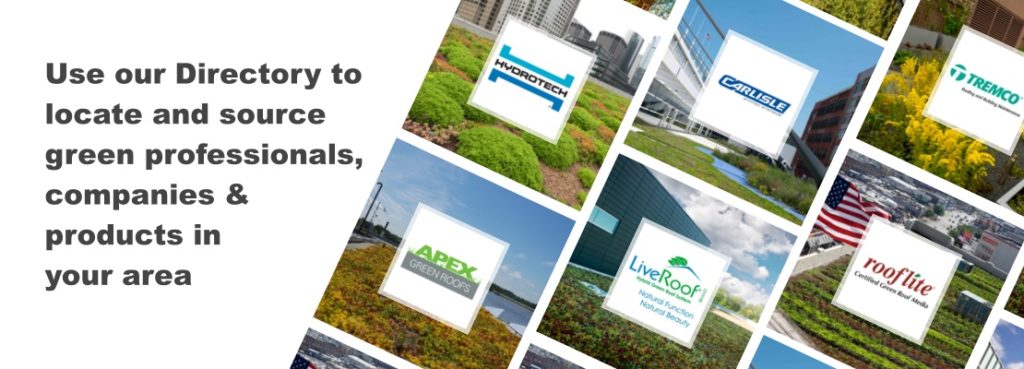 Use our Directory to locate green professionals, companies & products in your area
Use our Directory to locate green professionals, companies & products in your area
 Greenroofs.comConnecting the Planet + Living Architecture
Greenroofs.comConnecting the Planet + Living Architecture
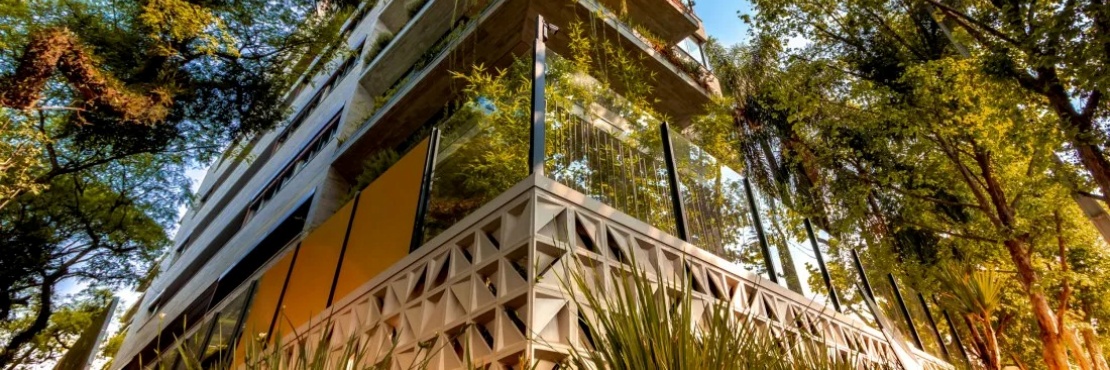

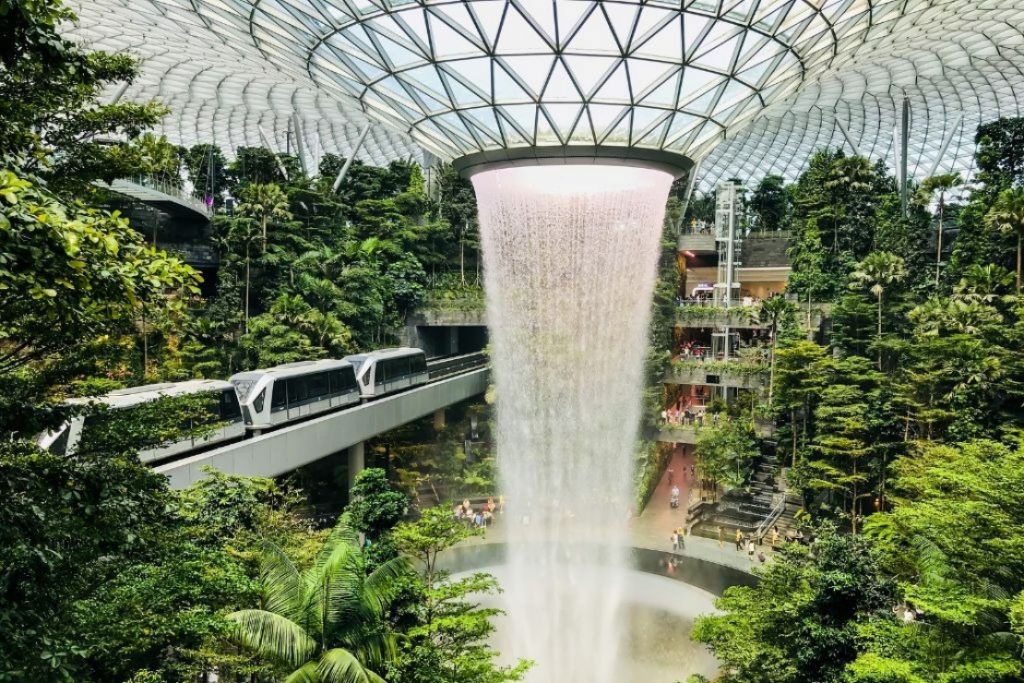
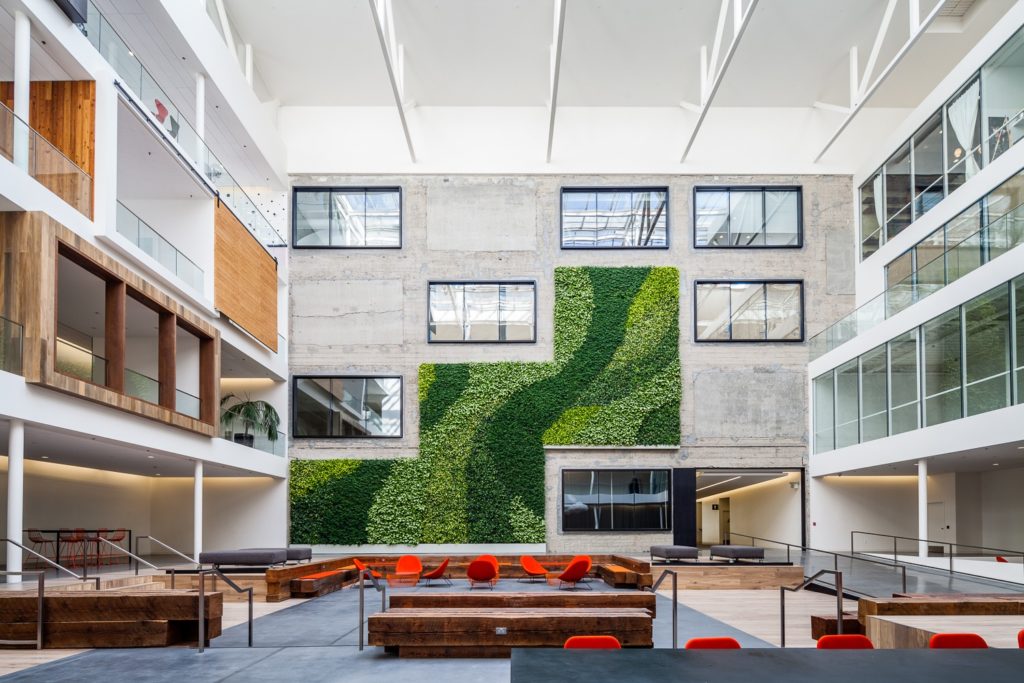

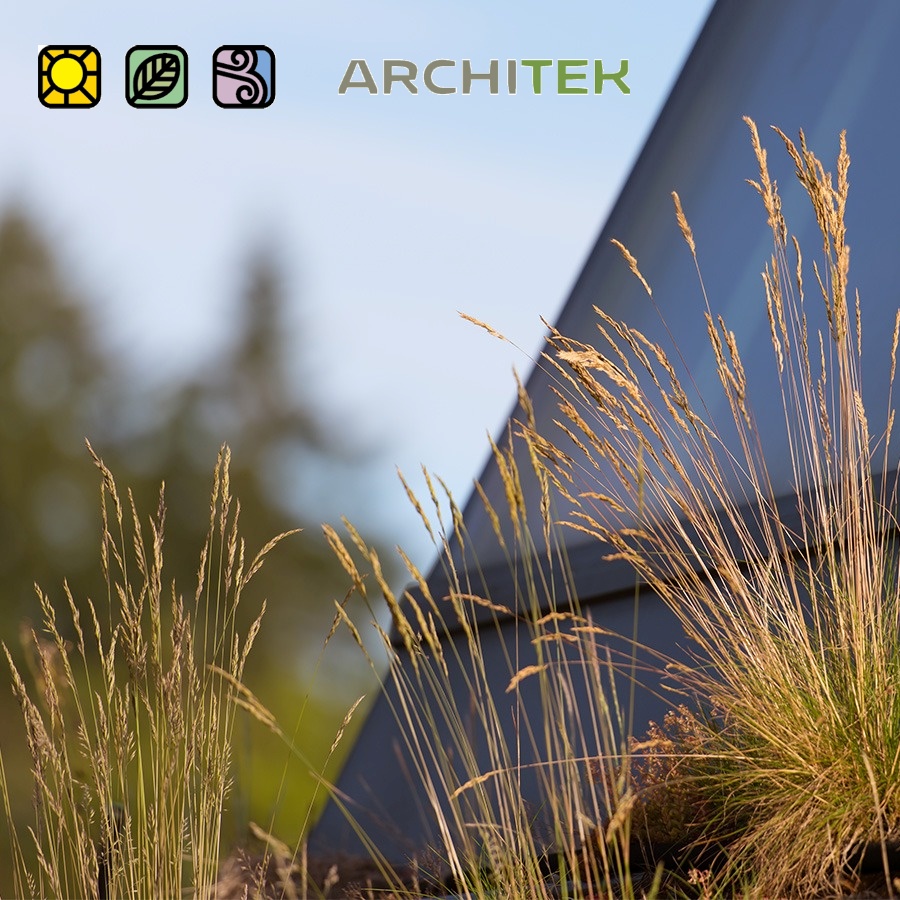




Bagaimana merek dapat memanfaatkan sertifikasi ramah lingkungan | Opini | Bisnis Ramah Lingkungan – Indo ThroughTheNews
[…] pada efisiensi energi pada bangunan namun lambat dalam menerapkan teknologi baru seperti itu atap hijau atau desain biofilik yang meningkatkan […]